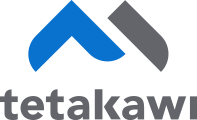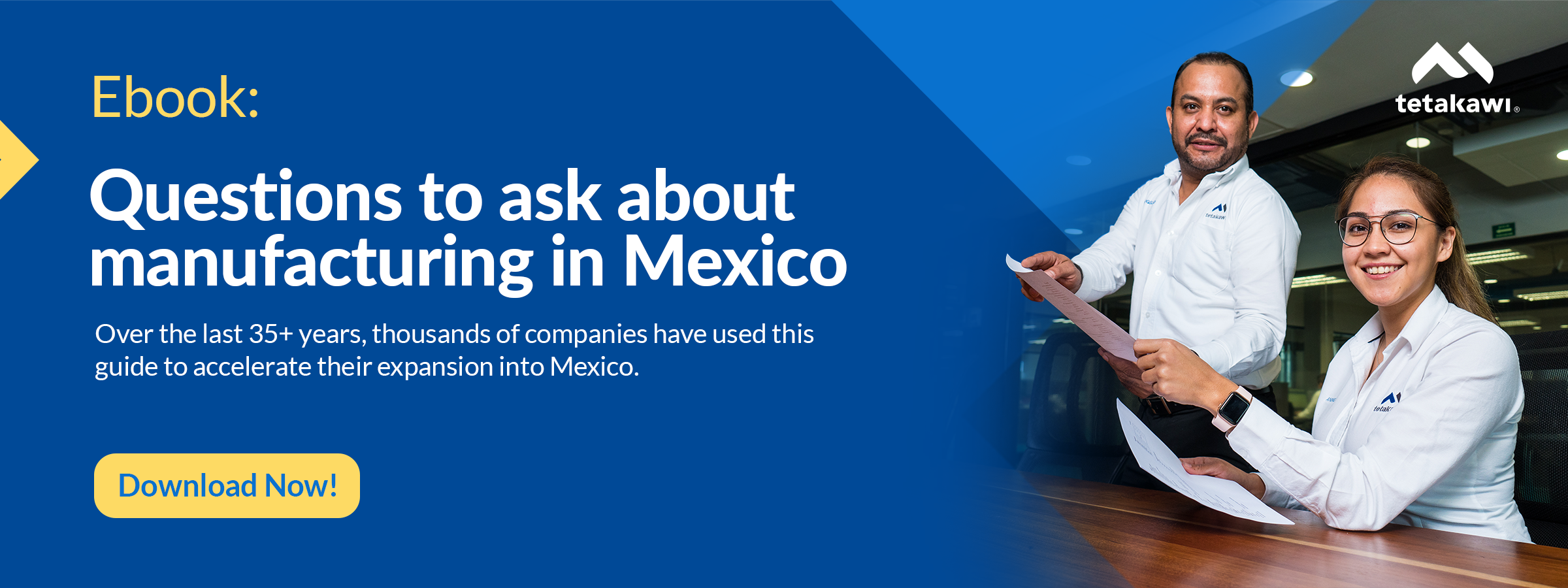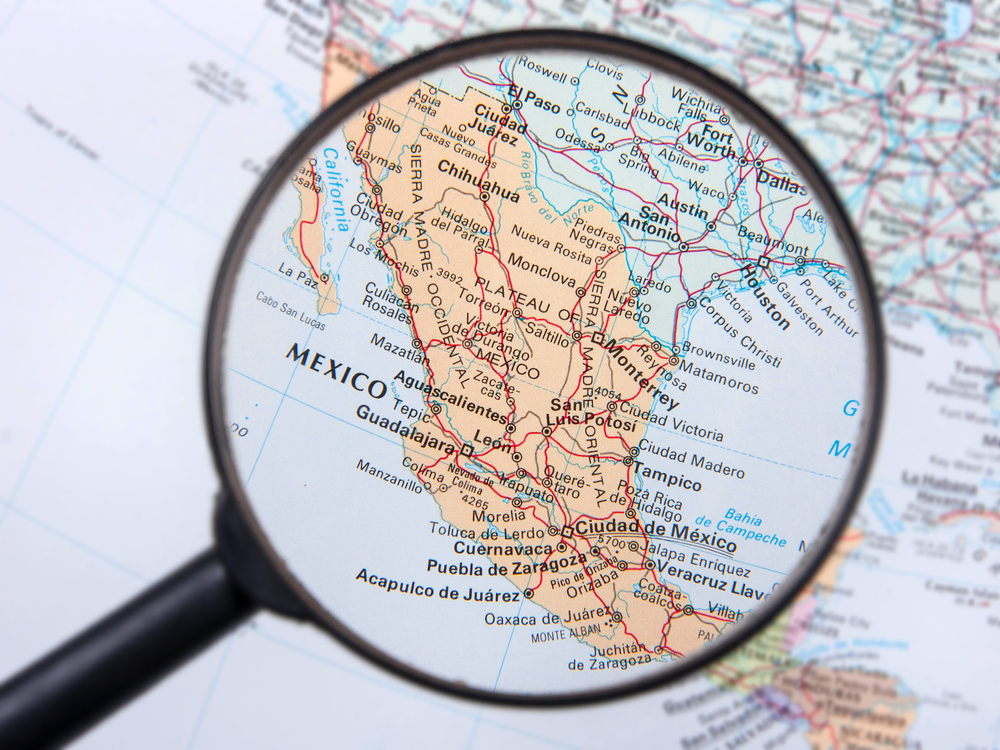Mexico offers manufacturers one of the strongest paths to protecting margins and scaling capacity, but only if you build your cost models around how Mexico actually works.
Today’s manufacturers face intense pressure. Costs are climbing. Skilled teams are harder to build. Customers want faster delivery, closer to their own operations. Meanwhile, global supply chains have become board-level liabilities.
That’s why Mexico stands out.
- Competitive wages that protect your bottom line.
- A deep, industrially trained workforce that can scale as your needs grow.
- And close proximity to the U.S. and Canada under the USMCA, often with zero tariffs.
But none of these advantages happen automatically. Even sophisticated manufacturers, global brands with impressive internal playbooks, run into the same quiet cost challenges when they expand to Mexico.
The good news: They’re common hiccups we see to varying degrees, and with the right upfront planning, they’re entirely avoidable.
Here’s how smart companies stay ahead of the most frequent missteps, protecting ROI and ensuring their Mexico strategy pays back exactly as planned.
1. Overbuilding the business case on direct wages alone
It’s easy to start by comparing hourly pay. Mexico’s direct wages are often 60% to 75% lower than in the U.S., Canada, or Europe. But wages are just one line in a much longer equation.
Why this matters:
- Operating in manufacturing hubs like Tijuana, Ciudad Juarez, etc. come with higher turnover. That means more money spent on recruiting and training, plus increased scrap and line disruptions that quietly drain margin.
- Keeping attendance and morale stable usually involves meal subsidies, transport stipends, or on-site clinics, adding indirect costs.
- Meanwhile, bilingual supervisors, engineers, and HR professionals still command competitive salaries reflecting local demand.
How experienced manufacturers stay ahead:
They build total cost of ownership models that include realistic turnover, indirect retention costs, and market rates for technical leadership. Often paying slightly above local norms is what actually preserves savings, by avoiding the quality and throughput losses that hurt far more than a higher hourly rate.
2. Treating logistics like just another trucking quote
Plenty of companies prioritize sites near the U.S. border to minimize transit days. But border regions also have:
- Intense competition for skilled workers, pushing wages and turnover up.
- Higher security costs, from insurance premiums to recommended protective measures in sensitive corridors.
- Harder-to-staff technical and management roles, as many professionals prefer areas with broader amenities and long-term opportunities.
How disciplined operators protect total economics:
They compare full landed costs, weighing not just freight rates but also local wage trajectories, turnover trends, and typical security expenses. In many scenarios, a plant slightly deeper into Mexico still delivers to U.S. or Canadian hubs in days, but with more stable teams and fewer indirect pressures, ultimately lowering costs.
3. Assuming current suppliers will extend the same pricing and terms
It’s common to expect that your established suppliers will serve your Mexico plant under the same agreements. Often, that’s not how it plays out.
Where this trips up new launches:
- Suppliers frequently treat Mexico as a separate region, applying new pricing structures or volume minimums.
- Delivery schedules or local inventories might not align, increasing your own carrying costs.
- And some inputs fail to qualify under USMCA content rules, triggering unexpected tariffs that quietly undermine savings.
How prepared manufacturers solve it:
They run line-by-line USMCA checks on their BOM, actively renegotiate supplier contracts specific to Mexico, and develop alternative or dual sourcing plans. That protects tariff benefits and prevents last-minute surprises that force expensive short-term buys.
4. Underestimating the cash tied up in VAT cycles under IMMEX
IMMEX is the backbone of most manufacturing operations in Mexico, allowing companies to bring in raw materials, components, and machinery duty- and VAT-free under a temporary import regime, as long as those inputs are used to produce goods for export. Many manufacturers pair IMMEX with Mexico’s IVA Certification to speed up VAT refunds on local purchases and strengthen overall compliance. Together, these programs help keep cash tied up in taxes to a minimum — but they come with rigorous requirements that companies need to navigate carefully with local experts.
Why this matters in practice:
- Setting up a standalone Mexican entity and securing IMMEX approval can take 8–12 months, plus another 4–6 months of compliant operating history before qualifying for IVA Certification, stretching the timeline to faster VAT refunds to well over a year.
- Early in a program, refunds can take longer, tying up cash precisely when you’re scaling headcount and inventories.
- Major OEM customers often pay on milestones or extended net terms, stretching receivables just as VAT is accumulating.
How sophisticated teams protect liquidity:
They build cash flow models using conservative VAT assumptions, structure milestone billing to align with cash needs, and often partner with shelter service providers who already maintain IMMEX and IVA certifications, dramatically shortening the runway to compliance, accelerating VAT payback, and improving overall liquidity.
5. Overlooking NOMs, and how even standard IT, and office equipment can become a bottleneck
Manufacturers often plan for certifications on big production machinery. But Mexico’s NOMs (Normas Oficiales Mexicanas) standards also apply to many categories of electrical and electronic equipment, including laptops, servers, lab testers, and networking devices.
Why this matters:
- Even critical systems like ERP servers or lab quality stations can get held up at customs without NOMs documentation, delaying everything from production tracking to customer audits.
- IMMEX covers tax treatment, but doesn’t bypass NOMs. If your gear requires certification, it’s mandatory before customs releases it.
How disciplined operators keep launches on track:
They build inventories of which categories trigger NOMs reviews, work with certification experts before shipping, and often buy standardized IT or lab systems directly in Mexico where it’s already certified, avoiding surprise downtime that quietly burns margin.
6. Assuming strong banking relationships automatically transfer
Many manufacturers expect long-time banking partners in the U.S. or Europe to easily finance Mexican expansions. Often, lenders change terms once they see assets will be held in a different jurisdiction under Mexico-specific rules.
Where this impacts operations:
- Credit lines may tighten or require complex guarantees, precisely when capital is most needed for equipment and inventory ramp-up.
- IMMEX inventory structures can also shift how banks assess collateral, impacting available liquidity.
How experienced companies keep financing stable:
They work with banks and leasing firms that specialize in Mexican manufacturing programs, often under financing products designed for IMMEX operations. This ensures credit lines remain flexible and tailored to how assets are actually held.
7. Underbudgeting the travel and training it takes to embed your culture
Mexico is close, but making a plant truly run like your global operation still demands significant travel. Engineers, quality leads, and executives often spend far more time on site than early plans expect. Likewise, bringing Mexican managers to your flagship facilities builds shared quality standards and ownership, but means added lodging and training costs.
Why this is a core operational investment:
- Cultural and process immersion is often the difference between a stable, high-quality line and persistent silent failures that drain margins.
- Cutting corners here typically costs more later, in the form of unplanned downtime or customer recovery efforts.
How thoughtful manufacturers budget it:
They plan these travel and cross-training efforts directly into cost models, treating them as operational insurance that protects throughput, morale, and ultimately, the reputation of the Mexico operation.
These are not catastrophic errors, just common hurdles we’ve seen hundreds of companies navigate to different degrees
Over the last four decades, we’ve helped thousands of companies explore the possibility of expanding into Mexico and supported hundreds of successful launches across nearly every manufacturing sector.
What we’ve learned is simple: Mexico still offers one of the best ways to protect margins, scale operations, and serve North America under secure trade frameworks. But none of it’s automatic. The companies that succeed aren’t just picking Mexico, they’re building their entire model around how Mexico actually works, leveraging local structures, incentives, and cultural dynamics to create a durable edge.
If you know Mexico is the right move, but can’t afford to get it wrong, put our economies of learning to work
Whether you’re comparing sites globally or preparing a proposal for your board, we can help you benchmark assumptions, avoid hidden pitfalls, and build a Mexico strategy that pays back exactly as planned.
Let’s schedule a strategy session and explore how your next facility can become one of your strongest competitive assets.
Subscribe
Sign up and stay informed with tips, updates, and best practices for manufacturing in Mexico.
Table of Contents:
- Overbuilding the business case on direct wages alone
- Treating logistics like just another trucking quote
- Assuming current suppliers will extend the same pricing and terms
- Underestimating the cash tied up in VAT cycles under IMMEX
- Overlooking NOMs, and how even standard IT, and office equipment can become a bottleneck
- Assuming strong banking relationships automatically transfer
- Underbudgeting the travel and training it takes to embed your culture
- These are not catastrophic errors, just common hurdles we’ve seen hundreds of companies navigate to different degrees





.jpg)
